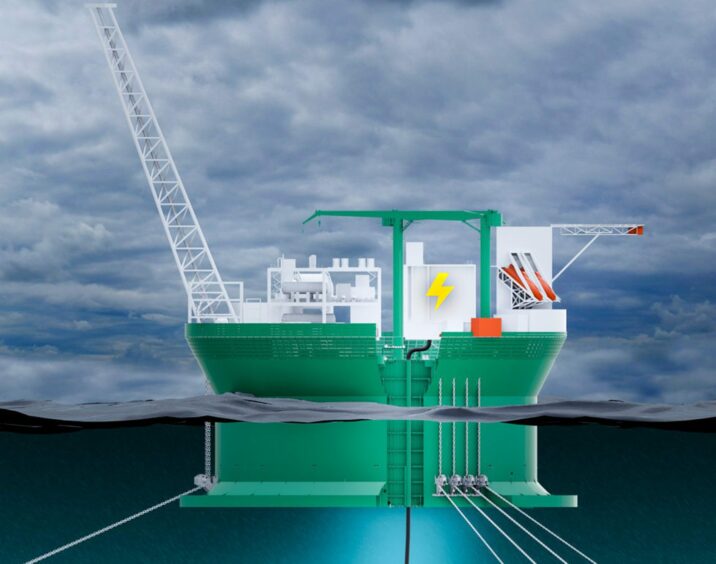
The UK’s offshore regulator is consulting on new plans to drive upstream electrification, warning producers that failure to invest could affect its granting of future consents.
On Thursday the North Sea Transition Authority (NSTA) announced a new process of engagement with the sector, amid “concerns targets will be missed without further action.”
It follows a series of negative sentiments around timelines for electrification, including major projects backed by the likes of Harbour Energy and Shell in the Central North Sea, and Equinor and BP west of Shetland.
This week’s warning echoes an April letter sent by the NSTA to operators which warned that production consents “could be withheld” if fields are not electrification-ready.
In the missive the regulator made clear that “licensees with an interest in an installation where investment is assessed as reasonable, but no such investment is made, should in principle have no expectation that the NSTA will issue any further consents to increase
production through that installation.”
The regulator has now proposed “specific pathways” for greenhouse gas emissions reduction for the sector as part of a new “OGA Plan”. The draft plan sets out proposed requirements for various aspects of production broken down into four main areas: investment and efficiency; platform electrification and low carbon power; inventory; and flaring and venting.
It lays out detailed requirements, with supporting actions from the NSTA, and the potential consequences which could follow from failing to meet the requirements.
The proposed measures around platform electrification, for example, specify dates for new fields to come online with electrification-ready infrastructure and to be fully electrified.
The NSTA says the revised approach would provide “certainty for industry and allow for clearer long-term planning.”
‘Progress is tough’
The 2021 North Sea Transition Deal, agreed by Government and industry, set targets of 10% emissions reduction by 2025, 25% by 2027 and 50% in 2030, ahead of reaching net zero in 2050.
Progress on offshore emissions reduction has been positive so far, with CO2e output falling by around 23% between 2018 and 2022 – exceeding the 2025 target and within touching distance of its 25% reduction target for 2027, according to the regulator’s latest Emissions Monitoring report.
Analysts are confident the 2030 milestone is achievable, but have suggested it will be largely thanks to decommissioning and optimisation, rather than a transformative roll-out of electrification.
However, the NSTA today made clear its view that “without further initiatives, the 2030 emissions reduction target…may be missed.”
It has previously stated that its “central case” of eight fully electrified assets is required by 2030 at a minimum.
With power generation responsible for 79% of platform emissions in 2022, electrification could deliver carbon savings of up to two million tonnes per annum by 2030, the organisation says.
Meanwhile, the progress of some major schemes continues to be challenging, with Ithaca Energy understood to be no longer participating in a West of Shetland Electrification team, with partner BP and Equinor.
Questions have also been raised over the viability and lifespan of investments in the Central North Sea area.
NSTA chief executive Stuart Payne said: “It is essential that industry continues to reduce its emissions. Progress is tough and will require investment, collaborative effort and detailed planning. We are publishing the draft Plan today for consultation, to give clarity on requirements now and for the long term.
“UK industry is already doing some very impressive things. North Sea gas is almost four times cleaner than importing LNG, emissions have been cut three years in row, and flaring has been near halved in four years, and with this Plan we set out what is necessary to continue the downward trajectory.
“I ask for real engagement in the consultation as the input will be crucial to develop this approach.”
The NSTA consultation will run for eight weeks until 30 November and submissions can be sent directly to the regulator.
Two workshops will also be held to outline plans on Friday 3 November and Monday 13 November.
The former is aimed at Relevant Persons – holders of petroleum licences; operators under petroleum licences; owners of upstream petroleum infrastructure; persons planning and carrying out the commissioning of upstream petroleum infrastructure; and owners of relevant offshore installations.
The latter will be held for other interested stakeholders.
Interested parties are encouraged to email the NSTA to secure their attendance.
Recommended for you

 © Supplied by NSTA Emissions Monit
© Supplied by NSTA Emissions Monit